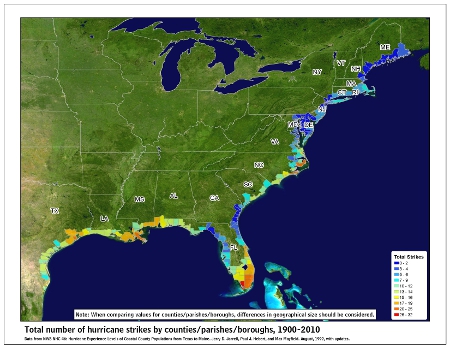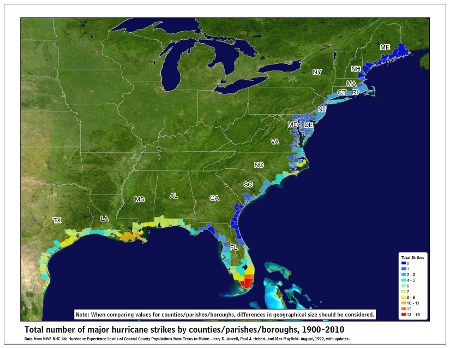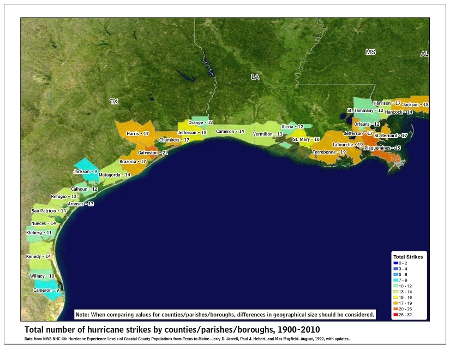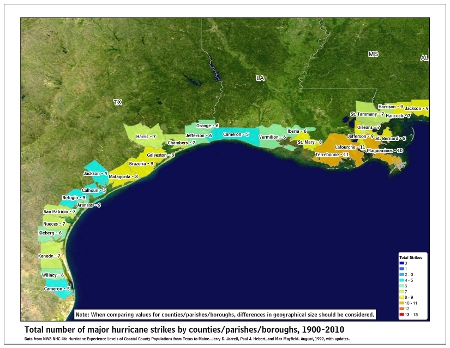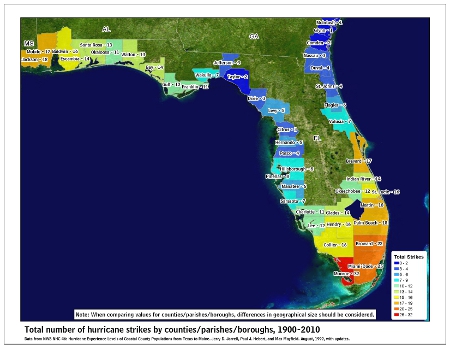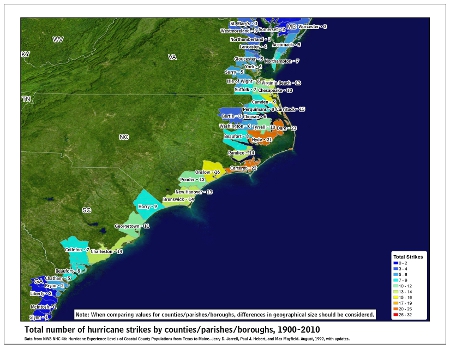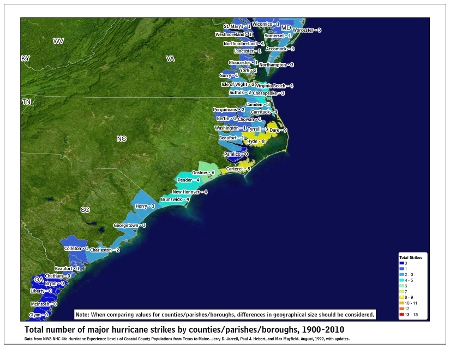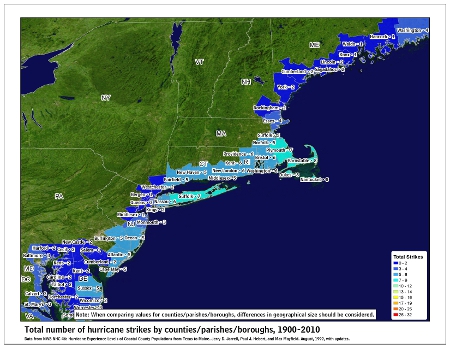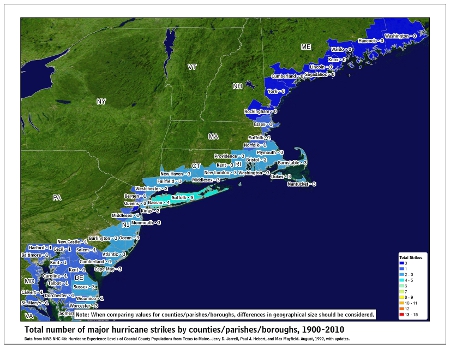Tropical Storm ALBERTO
Duration May 25 – June 1 2018
Peak intensity 65 mph (100 km/h) (1-min)
990 mbar (hPa) WIKI
Hurricane BERYL
Duration July 4 – July 17 2018
Peak intensity 80 mph (130 km/h) (1-min)
991 mbar (hPa) WIKI
Hurricane CHRIS
Duration July 6 – July 12 2018
Peak intensity 105 mph (165 km/h) (1-min)
970 mbar (hPa) WIKI
Tropical Storm DEBBY
Duration August 7 – August 9 2018
Peak intensity 50 mph (85 km/h) (1-min)
1000 mbar (hPa) WIKI
Tropical Storm ERNESTO
Duration August 15 – August 18 2018
Peak intensity 45 mph (75 km/h) (1-min)
999 mbar (hPa) WIKI
MAJOR Hurricane FLORENCE
Duration August 31 – September 17 2018
Peak intensity 140 mph (220 km/h) (1-min)
939 mbar (hPa) WIKI
Tropical Storm GORDON
Duration September 3 – September 8 2018
Peak intensity 70 mph (110 km/h) (1-min)
997 mbar (hPa) WIKI
Hurricane HELENE
Duration September 7 – September 16 2018
Peak intensity 110 mph (175 km/h) (1-min)
966 mbar (hPa) WIKI
Hurricane ISAAC
Duration September 7 – September 15 2018
Peak intensity 75 mph (120 km/h) (1-min)
993 mbar (hPa) WIKI
Tropical Storm JOYCE
Duration September 12 – September 19 2018
Peak intensity 50 mph (85 km/h) (1-min)
997 mbar (hPa) WIKI
Tropical Depression 11
Duration September 22 – September 23 2018
Peak intensity 35 mph (55 km/h) (1-min)
1007 mbar (hPa) WIKI
Tropical Storm KIRK
Duration September 22 – September 29 2018
Peak intensity 60 mph (95 km/h) (1-min)
998 mbar (hPa) WIKI
Hurricane Leslie
Duration September 23 – October 13 2018
Peak intensity 90 mph (150 km/h) (1-min)
969 mbar (hPa) WIKI
MAJOR Hurricane MICHAEL
Duration October 7 – October 12 2018
Peak intensity 155 mph (250 km/h) (1-min)
919 mbar (hPa) WIKI
Tropical Storm NADINE
Duration October 9 – October 13 2018
Peak intensity 65 mph (100 km/h) (1-min)
997 mbar (hPa) WIKI
Hurricane OSCAR
Duration October 27 – October 31 2018
Peak intensity 105 mph (165 km/h) (1-min)
970 mbar (hPa) WIKI

 DONATE
DONATE![[Map of 1950-2017 CONUS Hurricane Strikes]](http://www.nhc.noaa.gov/climo/images/conus_strikes_sm.jpg)
